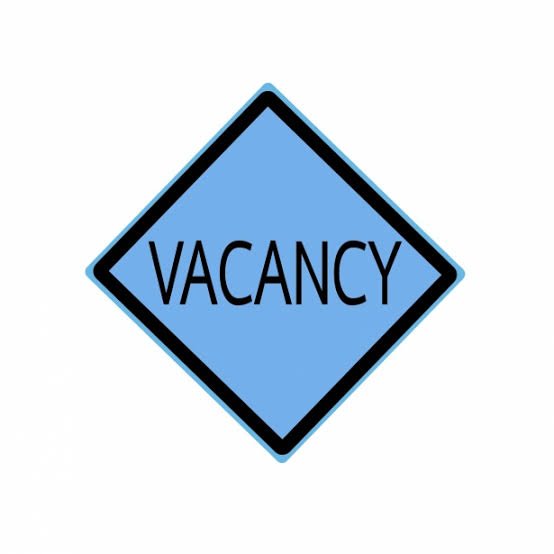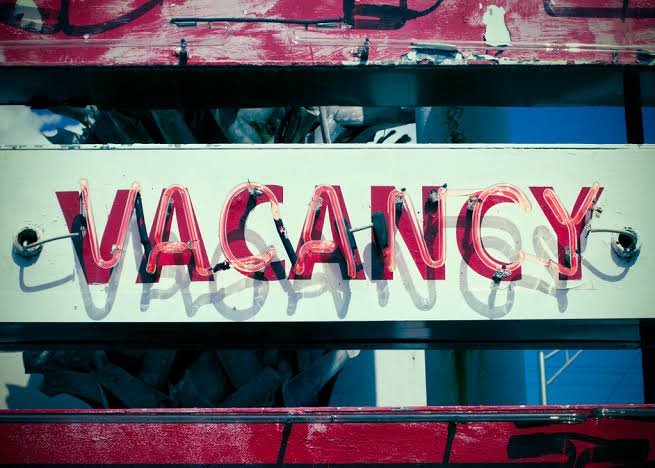Job Description Role Analysis
At operative levels, it is possible to write job descriptions that reflect what employees do during work. At middle and higher management levels, a clear definition of expected and unexpected job-related behaviour is not possible. Certain aspects of a manager’s work (for example, whether to make decisions in the absence of clear information, how to react to situations where employees confront them on the shop floor, whether to appoint a person related to the managing director, etc.) defy clear conceptualisation. In such cases, job analysis may be extremely inadequate to uncover the subtle, informal ways of doing work. It fails to capture the behavioural expectations of various groups (unions, colleagues, superiors, the general public, etc.) that influence the actions of the job holder. Over time, the roles performed by the job holder may undergo complete transformation. Under the circumstances, identifying the critical job-related behaviours that may lead to effective performance proves to be a difficult exercise.
Role analysis provides a satisfactory answer to this problem. A role is a set of expectations people have about the behaviour of a person occupying a position. A position holder may play three types of roles in daily life; namely, expected role, perceived role and actual role. The expected role is what other people expect from an individual. For example, a college teacher is expected by his role partners (principal, colleagues, students) to come to college and teach properly. The perceived role is how the individual thinks he should behave to fulfil the expected role. The teacher may think that he may be able to complete the given syllabus in about a month’s time and that staying in college for the whole year is a sheer waste of time. The enacted role or actual role is the way the individual actually behaves in an organisation. College teachers, shaping their ideas, may come to the campus once a week to handle their classes!

Now look at the conflicts that emerge when expectations of role partners remain contradictory. Take the job of the supervisor. As a part of the management team, he should have corresponding values and attitudes (monitoring the work of employees; not making mistakes; punishing wrongdoers, etc.). As a member of the group of workers, he should have their values and attitudes (taking the opinions of workers ‘to the top’, prompt redressal of grievances, etc.). He is expected to wear both hats gracefully. Such role conflicts occur because of different role expectations. To complicate matters further, the job description of the supervisory role may differ in two organisations. In one organisation supervisors may get a lot of freedom and in another, their hands may be tight. The job description may be the same but the actual roles played by the supervisors in both cases may be entirely different!
Changes in management philosophy, industrial relations climate, corporate culture may also affect the roles played by job holders in a significant way. It is therefore essential that the job analysis process is supplemented with role analysis to get a clear picture of what the job actually demands.
Role analysis involves the following steps:
1. Firstly, the objectives of the department and its functions must be identified.
2. Secondly, the incumbent is asked to state his understanding of his key performance areas and the roles he plays.
3.Thirdly, other role partners (boss, subordinates, colleagues, etc.) are asked to state their expectations from the role.
4.Finally, the role of the incumbent is clarified and expressed in black and white (called role description) after integrating the diverse views expressed by various role partners.
Role analysis brings more clarity in roles. Taking into account the perceptions of others about his job, the role occupant knows what he has to do on the job. Clarity in the role, in turn, leads to better performance on the job.
